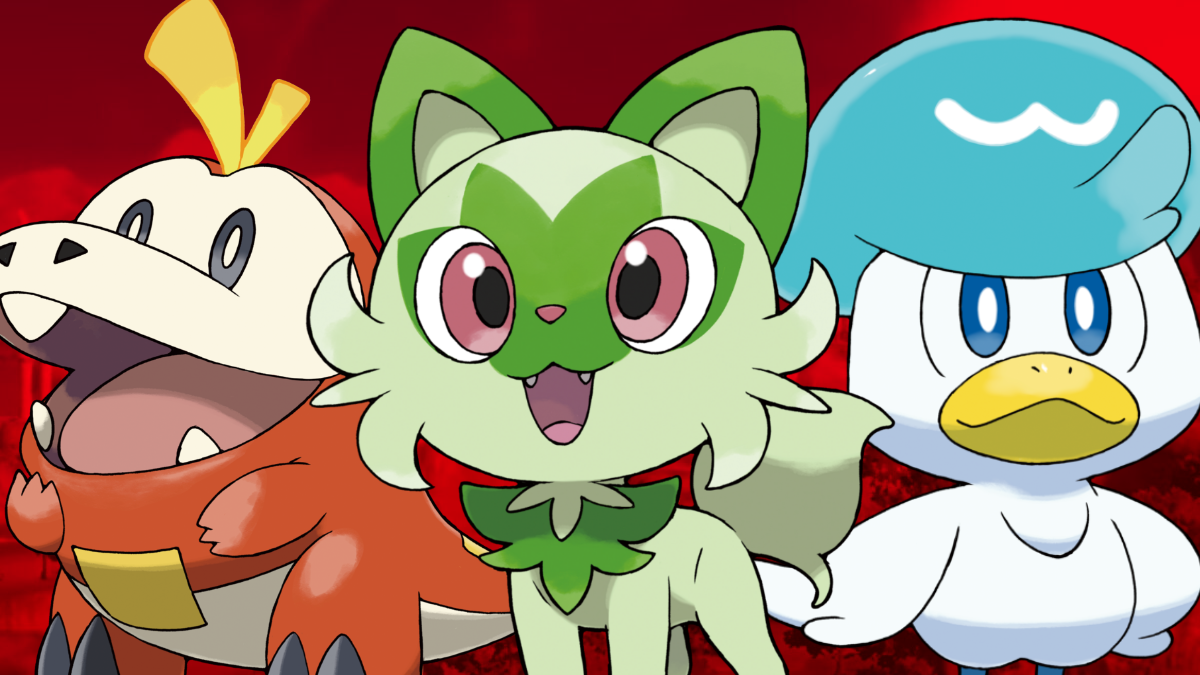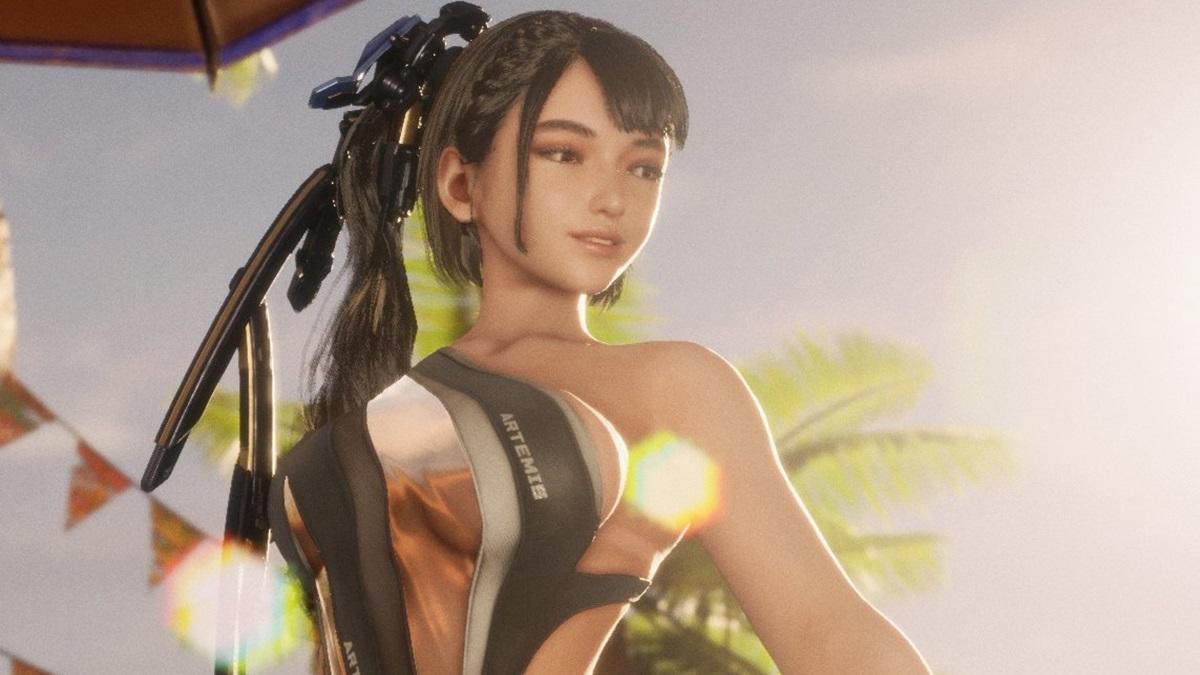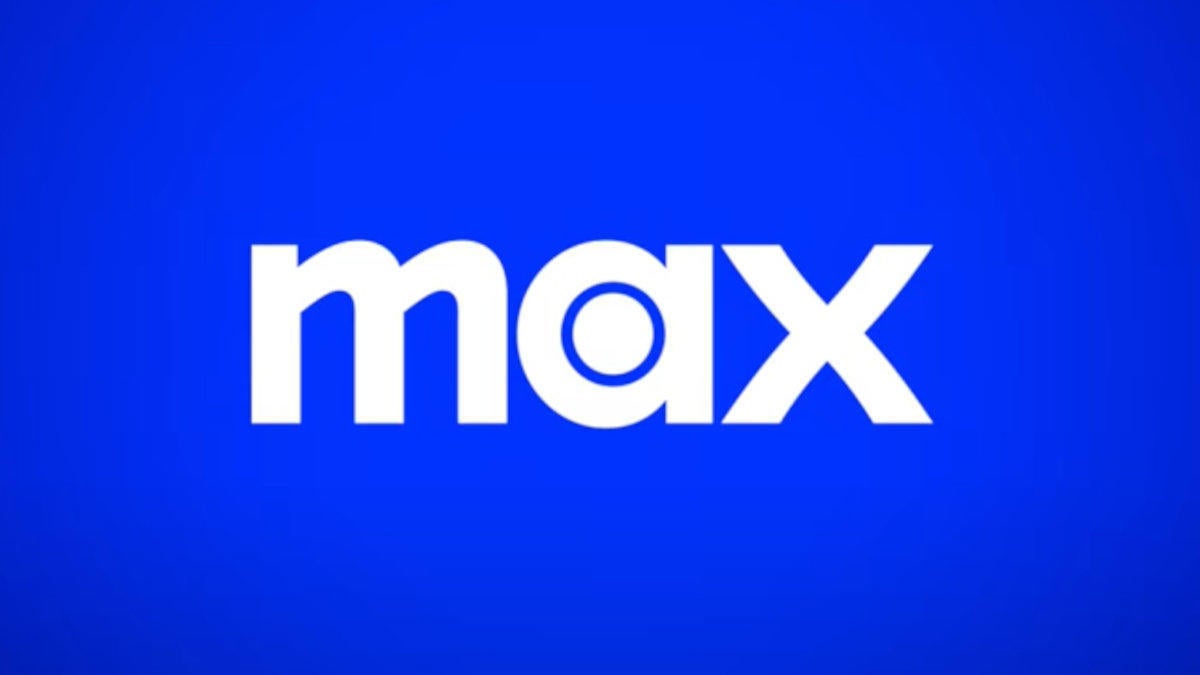How DC Rebirth Could Be a Success
The modern superhero comics industry is dominated by relaunches and reboots. DC has been teasing [...]

The modern superhero comics industry is dominated by relaunches and reboots. DC has been teasing Rebirth, a rumored relaunch of their superhero line to bring it more in line with their movie/TV universes. This would be DC's third relaunch of its superhero line in the last five years, following in the footsteps of the continuity breaking "New 52" and last summer's more subtle "DC You" revamp. Marvel's also gotten in on the relaunch business. They're in the midst of an "All New, All Different Marvel Now" relaunch, which follows about two years after they relaunched all their books under the "Marvel Now" line.
So why are DC and Marvel so quick to relaunch all their books every year? The simple answer is that #1 issues sell. When coupled with retailer incentives (like variant covers), a #1 issue can sell double or even triple what a second or third issue does, regardless of whether the book features an entirely new creative team or is just a continuation of the old series. For example, Marvel's Howard the Duck, which had two #1 issues in 2015 thanks to the "All New, All Different Marvel" relaunch, sold an estimated 86,000* copies when it first premiered in March 2015. By August, those sales had dropped to 27,000 (a drop in sales of approximately 70%) with Howard the Duck #5. When Marvel relaunched Howard the Duck with the EXACT same creative team in November, sales immediately hopped up to 61,000 copies, a 225% spike from the Howard the Duck #5, last issue of the previous series.

[Howard the Duck #1 and Howard the Duck #1, released 8 months apart.]
Of course, relaunches aren't just about a quick boost to sales. When executed correctly, they also mark a good "jumping on" point for readers. DC's New 52 attracted a massive influx of new readers to its line, allowing DC to capture and maintain a sales advantage over Marvel for months. While many longtime DC fans had complaints about how the New 52 discarded its old continuity and mangled its characters, all those #1 issues (coupled with a relatively aggressive marketing campaign) attracted thousands of new readers to comic books stores. Remember, DC's New 52 contributed to a major spike in sales for the entire comic industry, which the industry is still benefiting from years later.
But relaunches come with plenty of risk as well. While relaunches mean lots of high selling #1 issues, they aren't a guaranteed route to more sales. More often than not, a comic series' sales will immediately settle back to its previous sales figures after that one issue spike. Going back to our Howard the Duck example, last month's Howard the Duck #2 only sold 33,500 copies, which is far closer to Howard the Duck #5 (the previous volume's last issue) 27,000 copies than Howard the Duck #1's 61,000 copies. Short of a miraculous change of heart by retailers, Howard the Duck's sales will trend below 27,000 by the time it hits its fifth issue in March. Comic fans, especially the more passionate readers, tend to get dissatisfied with repeated relaunches, with some fans seeing relaunches as a good "jumping off" point as opposed to an excuse to try more series. Relaunches/reboots aren't a solution to whatever perceived problems Marvel and DC face. They're a boost of adrenaline to sales, but they seem to slowly lose effectiveness every time a publisher "pulls the trigger" so to speak.
So, how can DC make the most of their upcoming "Rebirth" if a relaunch only provides a temporary boost to sales? That's where the other aspect of a relaunch comes in: the opportunity to shake things up and take their books in entirely new directions. When DC relaunched its line with the New 52, it determined that its adherence to a 25 year old continuity hindered new readers from trying their comics. So, they tossed out that continuity and replaced it with a truncated timeline that allowed creators to tell new stories without having to worry about what happened in a comic from 20 years ago. Marvel used its "All New, All Different Marvel Now" relaunch to bring more focus to the Inhumans, add Miles Morales to the mainstream Marvel Universe, and shake up its various Avengers books in preparation for its upcoming Civil War II. Relaunches give superhero publishers opportunity to dedicate resources to new projects and reset its world for whatever story it wants to tell next.
In DC's case, "DC Rebirth" represents an opportunity to fix a lingering problem dating all the way back to its original 2011 relaunch. Outside of its Batman line (which includes Harley Quinn) and Geoff Johns' Justice League, DC has struggled to produce any consistent sellers for its superhero line, leading to the publisher struggling in the market. In December 2015, thirteen of DC's 20 top selling books were Batman related. Of the other seven non-Batman books, two were Geoff Johns's Justice League and a third was Justice League of America, which is written and drawn by fan favorite Bryan Hitch. DC's other top-selling books? Superman, Green Lantern, The Flash and Wonder Woman, all of which sold less than 50,000 copies, less than Marvel equivalent solo series like The Mighty Thor, Invincible Iron Man and Deadpool.
DC already tried to "fix" this issue last year, when the "DC You" relaunch introduced several new series that tried to mimic the success of Batgirl, whose new creative team retooled the series to appeal to a younger and more diverse crowd and received a prolonged burst of sales over the next year. While many of those books (like Omega Men or Black Canary or Dr Fate) received critical acclaim, they hardly made an impact on DC's overall sales. "DC You" had the right idea: aim for quality stories that could build and sustain a fanbase, but they picked characters that only appealed to a fraction of their fans. A book starring the Omega Men, no matter how strong the story is, will never sell as well as a Green Lantern or Flash book.
While some fans might argue that a return to an old continuity or more focus on new heroes is the way to success, what DC really needs is to find a way to make its other big superhero books sell more copies. And they don't need to look too far into the past for a viable example. Beginning with Green Lantern: Rebirth, Geoff Johns and DC revitalized the Green Lantern mythos and created an entire line of top-selling series. Fans flocked to Green Lantern, not because Johns brought back Hal Jordan, but because he created good stories that felt important and impacted the wider DC Universe. Green Lantern even spearheaded DC's last major event before it began planning for the New 52.

[Green Lantern Rebirth revitalized the Green Lantern franchise and led to several years of top-selling series and events.]
One of the biggest flaws of DC's post-New 52 universe is that too many series feel like they aren't important. Books tend to "stick to their lane" and don't impact other books. While this allegedly leads to more creative freedom for creators, it also cuts down on opportunities to promote a book outside that series. For example, in Green Lantern, Hal Jordan is currently a renegade Green Lantern armed with a prototype "Power Backpack" and gauntlet. However, that change isn't reflected in titles like Justice League, which gives the perception that the Green Lantern story isn't important to the overall universe. There's a balance that DC is still trying to find, one that tells readers that "our books matter" without dragging books into an endless string of crossovers.
If "Rebirth" is in fact DC's attempt to bring more focus to the superheroes featured in TV and movies, there's a good chance we'll see some of their more recognizable superheroes play a larger role in the DC Universe. Regardless, DC needs to find a way to make books like Suicide Squad, Flash, Superman, Teen Titans and Wonder Woman feel bigger. That could mean convincing top talent like Scott Snyder and Geoff Johns to take on more books per month, teaming up and coming writers like Tom King with top tier artists and big name superheroes, or simply finding a way to tell better stories with its biggest superheroes. While "Rebirth" is far from a guaranteed success, it represents an opportunity for DC to recalibrate its line and hopefully attract more readers with high quality (or at least enjoyable) series.
*All sales estimates taken from Comichron.com, which factors only direct market (i.e: sales to comic book stores) sales.




